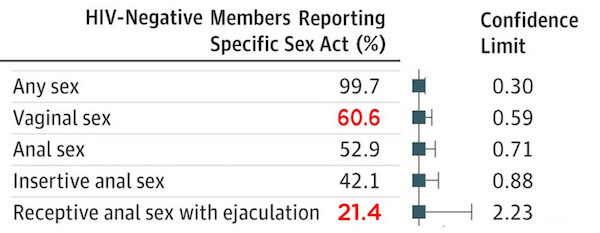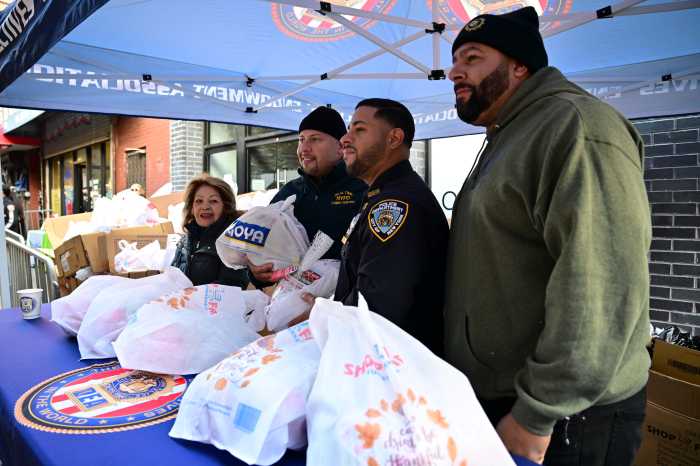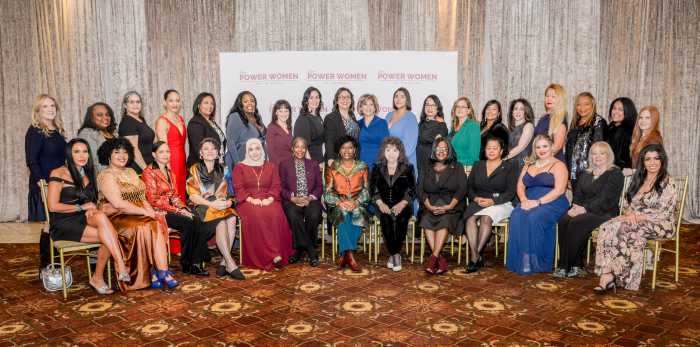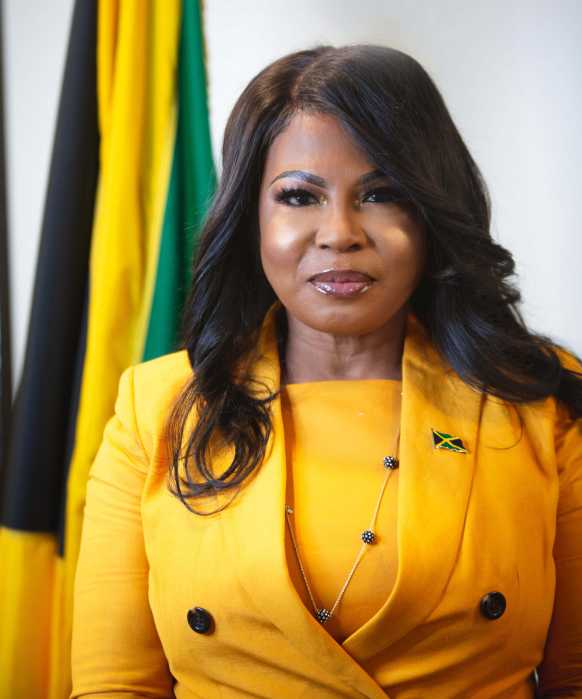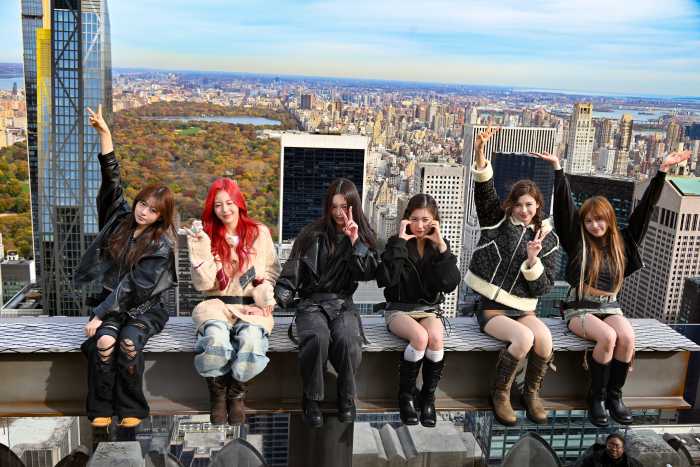A wave of revulsion and anger swept through the drug reform community with the news that the New York City health department’s final count for 2016 overdose deaths was 1,347.
That’s a 46 percent increase from 2015. The sixth consecutive year of rising deaths from unintentional “poisonings.” Every seven hours someone dies of a drug overdose death in this city.
Black New Yorkers were especially hard hit by the surging numbers. Overdose fatalities in that community grew from 178 to 326, a staggering 83 percent increase.
LETTER FROM THE EDITORS
But the problem is not confined to communities of color or those facing economic challenges. Of New York’s 42 “neighborhoods,” as defined by city demographers, deaths in the wealthiest five grew from 89 to 147, a 65 percent increase.
Reactions to this news from elected officials made supporters of a public health approach even more livid than the raw numbers themselves. After six years of failure, politicians want more police.
Mayor Bill de Blasio called for “a lot more work by the NYPD to interrupt the supply” and then absurdly gave “credit to the NYPD and FDNY for saving more and more lives all the time.”
Public health advocates draw the exact opposite conclusion. Clearly, escalating fatalities demonstrate that police enforcement isn’t saving lives.
The mayor, though well acquainted with progressive thinkers over his long political career, did not mention harm reduction or any of the programs used in Canada or Europe that help drug users stay alive even when they overdose.
VOCAL-NY, a group originally known as the New York City AIDS Housing Network that grew up out of the public health activist movement founded by ACT UP in the late 1980s, immediately blasted the city’s blind adherence to a war on drug strategy. A disgusted Jeremy Saunders, the group’s co-executive director, said adding more detectives to drug enforcement has “turned emergency rooms into crime scenes.”
Police descend on the hospitals treating a person recovering from an OD demanding, “Where did you get the drugs?” At the very moment when doctors have an opening to offer patients a chance to enter medically-assisted therapies like methadone or buprenorphine, the police destroy any chance of trust and the possibility of a constructive dialogue.
The mainstream media was absent from VOCAL’s recent news conference on the steps of City Hall, so they never learned about the latest public health invention: fentanyl strips. The strips, somewhat similar to those used in pregnancy tests, change color if the heroin is laced with fentanyl — a highly potent opioid that if ingested in any more than a tiny amount will cause a user to lose control over their breathing and suffocate.
The official response makes it clear that, in the face of a public health emergency, the government is not prepared to authorize harm reduction measures like having users shoot up in sites where an overdose prevention worker is on hand to administer naloxone if an overdose occurs. A naloxone intervention is the single most effective way to reduce overdose deaths.
History is repeating itself. Politicians initially ran away from needle exchanges during the AIDS epidemic when drug paraphernalia laws shut off access to sterile syringes, forcing users to share needles and, with them, blood carrying HIV.
Mayor David Dinkins set up a tiny program far away from drug users, and it shut down when users didn’t show up because they felt unwelcome.
Out of the crucible of the AIDS epidemic, pressure to try innovative new public health approaches in order to save lives became an instinct activists relied on. ACT UP and other AIDS activists, including some now leading groups like VOCAL, chanted “Clean Needles Save Lives.” Out of desperation in the early years, the National Lawyers Guild AIDS Network supported extra-legal programs. They reasoned “acts which would be criminal if engaged in without legal authority, such as forced inoculations and quarantine, are lawful if ordered in accordance with public health laws.”
Activists drew reassurance from a past Supreme Court ruling that their actions were justified — and could be defended. A 1973 ruling from the high court in Doe v. Bolton recognized that protecting a person’s body could outweighs the interest of the government in guarding the health and morals of the public. The National Academy of Science, reporting on needle exchange, quoted the Doe v. Bolton majority finding that, “The significance of these decisions lies in the revelation of how far-reaching is the right of an individual to preserve his (or her) health and bodily integrity.”
In practice, the AIDS activists in New York who ignored the constraints imposed by politicians found protection in the courts. On June 25, 1991, a Manhattan criminal court, ruling in New York v. Bordowitz, acquitted eight syringe exchange volunteers, noting, “The distinction, in broadest terms, during this age of the AIDS crisis, is death by using dirty needles versus drug addiction by using clean needles. The defendants’ actions sought to avoid the greater harm.”
Public health supporters and drug reformers should follow the lead established by AIDS activists a full generation ago and no longer wait for legislative approval. Extra-legal safer consumption spaces are the best answer to what is clearly a growing health emergency. Activists should be prepared to open them now, so that they can provide immediate and direct assistance to drug users whose lives aren’t being protected by current law and practice. They must act now to avoid the greater harm.

